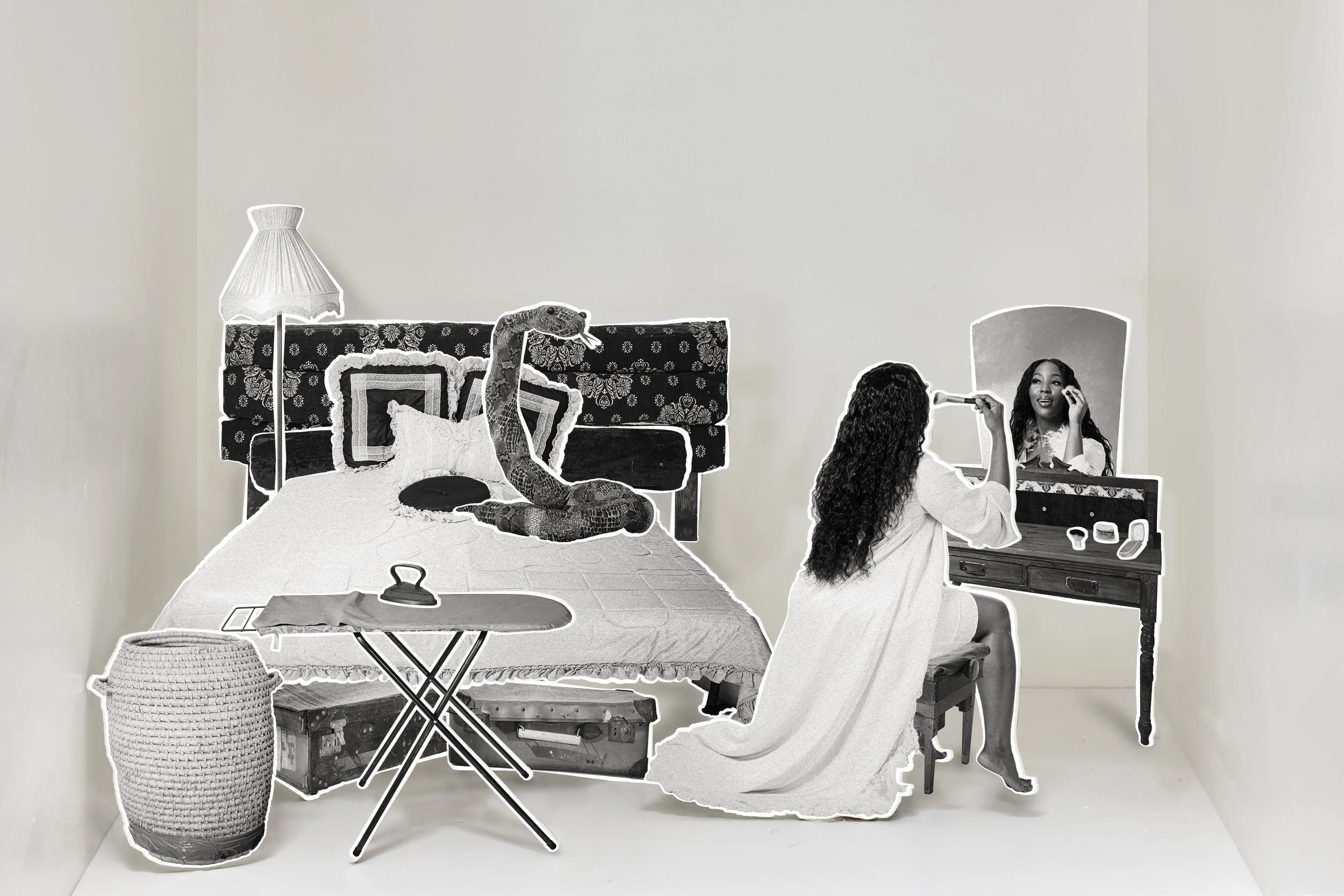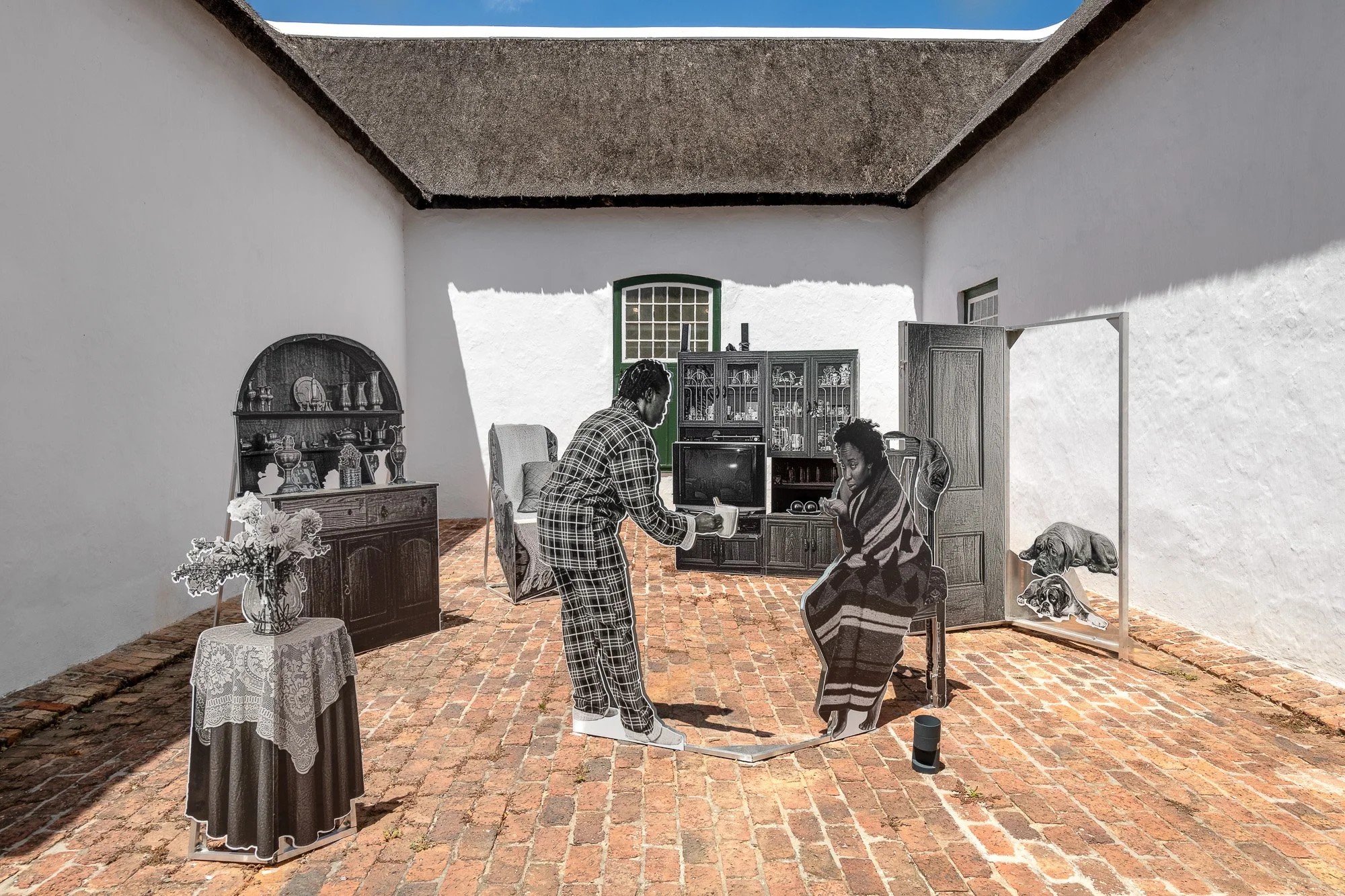CONTEXT & PRESS
For downloadable information about the artist, or detailed information on any work of your interest please scroll down
PRESS 2025
Photography’s Next Generation, Bursting Out of the Frames, TheNew York Times, September 2025
Lebohang Kganye: Le Sale ka Kgotso, Berlin.de, September 2025
Sites of Communion: The Artists of New Photography 2025, in Their Own Words, MoMA Magazine, September 2025
New display completes Saastamoinen Foundation’s Dialogues exhibition at EMMA, STT Info, September 2025
Exhibition | Memory, Myth, and Home in Lebohang Kganye’s Work, Fotografiska YouTube, August 2025
MoMA Celebrates the 40th Anniversary of New Photography Series, FAD Magazine, July 2025
MoMA’s 40th ‘New Photography’ Exhibit Features 13 Boundary-Breaking Photographers, Petapixel, July 2025
The Met Announces Landmark Promised Gift of Photographs from World-Renowned Collection of Artur Walther and the Walther Family Foundation, The MET Press, May 2025
Lebohang Kganye Stages a Challenge to Colonialism, Frieze, May 2025
Les ombres du passé de Lebohang Kganye à la Patinoire royale, Le Soir, May 2025
Contemporary Photography and New Media - Lebohang Kganye, ICP YouTube, May 2025
Les ombres d’un héritage – Lebohang Kganye, Dedicate Digital, April 2025
Lebohang Kganye shines a light on her exhibition at La Patinoire Royale Bach in Brussels, Nataal Digital, 2025
PRESS 2024
Rencontre avec Lebohang Kganye : “Jamais l'histoire orale n'a été plus importante qu'aujourd'hui”, Vogue France, November 2024
South African visual artist Lebohang Kganye shines at Paris Photo, France 24, November 2024
For Paris Photo, South African visual artist Lebohang Kganye presents her series showcased at the fair, Paris Photo 2024, November 2024
Lebohang Kganye: Interweaving Photography, Sculpture, and Performance, African Digital Art, September 2024
Mit der Kraft der Erinnerung, Schirn Magazin, June 2024
The South African artist has been recognised for her sociopolitical mixed-media show in Amsterdam, 1854 British Jouornal of Photography, May 2024
Deutsche Börse Photography Foundation Prize 2024 winner revealed, BBC, May 2024
South African artist wins prestigious photo prize for 'risk-taking' Apartheid work, The Art Newspaper, May 2024
‘Realities of apartheid’: South African artist wins Deutsche Börse photography prize, The Guardian, May 2024
Lebohang Kganye wins 2024 Deutsche Boerse Photography Prize, Artforum, May 2024
DBPFP 2024: Lebohang Kganye, The Photographers’ Gallery, May 2024
Lebohang Kganye wins the Deutsche Boerse Photography Foundation Prize, Artsy, May 2024
Lebohang Kganye wins the Deutsche Börse Photography Foundation Prize 2024, Deutsche Börse Group, May 2024
















